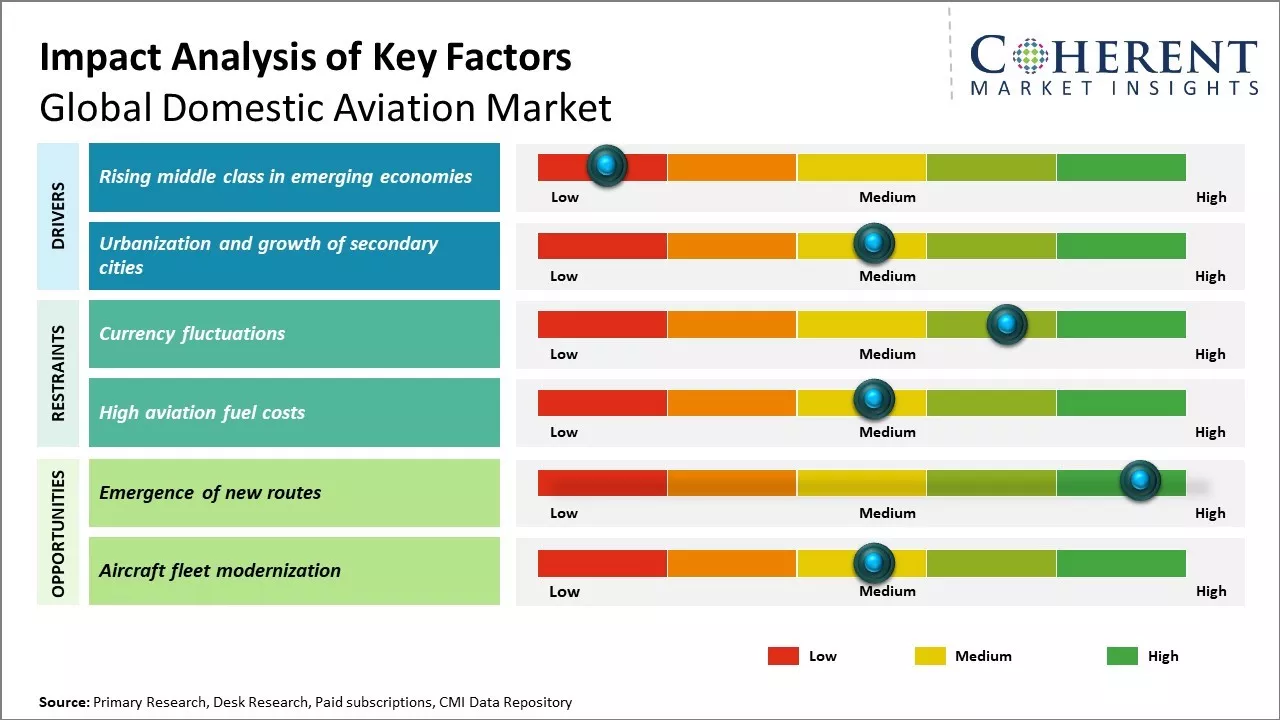The Global Domestic Aviation Market is estimated to be valued at US$ 960.02 Bn in 2025 and is expected to reach US$ 1,272.70 Bn by 2032, exhibiting a compound annual growth rate (CAGR) of 4.1% from 2025 to 2032.

To learn more about this report, Request sample copy
The growth of the domestic air travel will be driven by increasing disposable income, expansion of middle-class population, and growing urbanization in emerging economies across Asia and Africa. Lower pricing enabled by no-frills carriers has made air travel much more affordable for the masses. This augurs well for passenger traffic growth expectations. While factors like economic uncertainties, high oil prices and geopolitical issues may pose challenges, overall, more liberal aviation policies coupled with developing airport infrastructure across many countries are likely to boost connectivity and intra-regional air travel volumes over the long run. The growing preference for fast, affordable and convenient air travel is projected to support the industry's upward trajectory over the forecast period.
Rising middle class in emerging economies
The growth of the middle-class population in emerging economies across Asia, Africa, and Latin America has boosted domestic air travel demand in recent years. Countries such as India, Indonesia, Brazil have witnessed strong economic growth over the past decade which has lifted millions out of poverty and into the middle-income groups. These individuals now have greater disposable incomes to spend on goods and services that were beyond their reach earlier. Domestic air travel is one such service that has become accessible to more people in these nations.
The burgeoning middle class in large emerging countries see aviation as an aspirational mode of transport. They now prefer short haul flights within their domestic borders to save travel time as compared to road or rail journeys. This is evident from the traffic numbers of low-cost carriers that have proliferated within these markets. They offer affordable fares targeted at price-sensitive customers. The appeal of air travel comes from both - its convenience and ability to flaunt economic prosperity. Consumer trends indicate people allocate more share of their budgets to experiences and leisure activities as living standards improve. Domestic flights enable them to visit family across states or spend weekends in popular tourist destinations within their own large and diverse countries.
Joining thousands of companies around the world committed to making the Excellent Business Solutions.
View All Our Clients